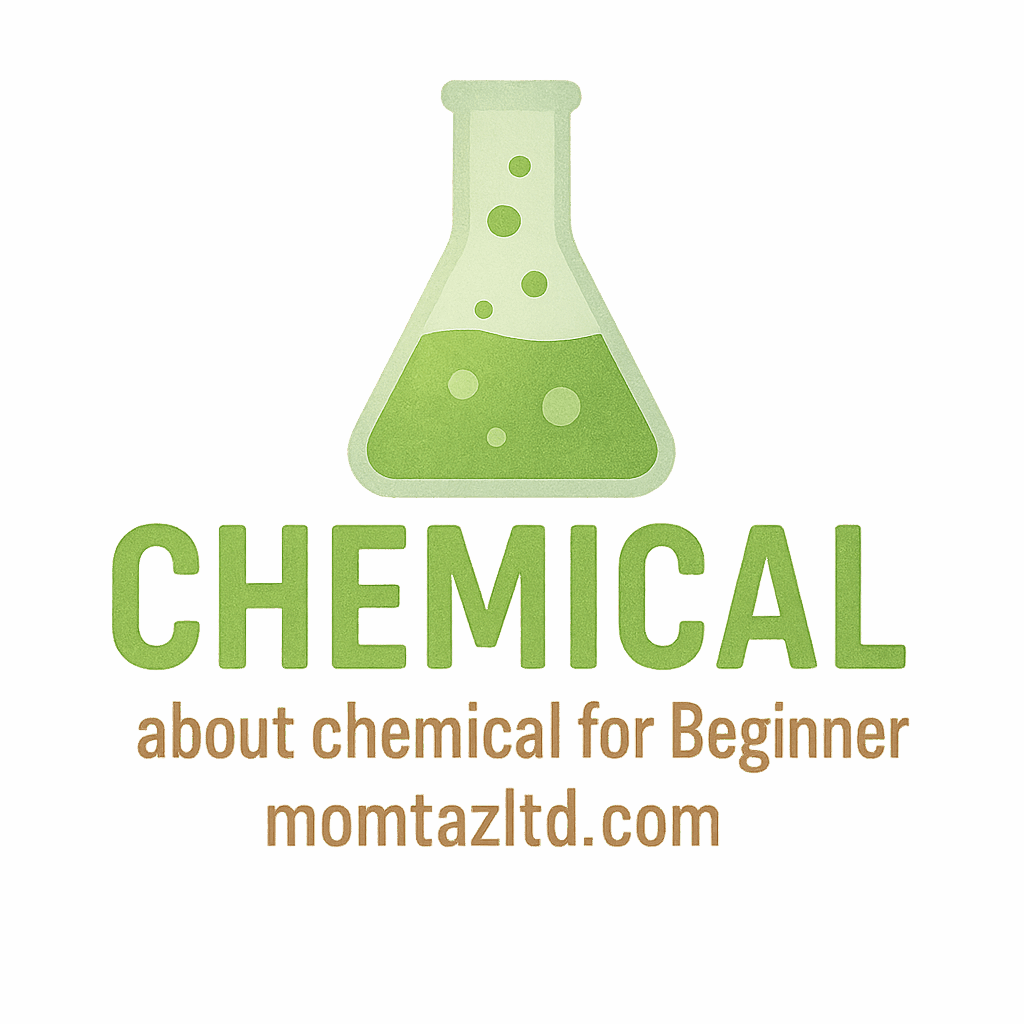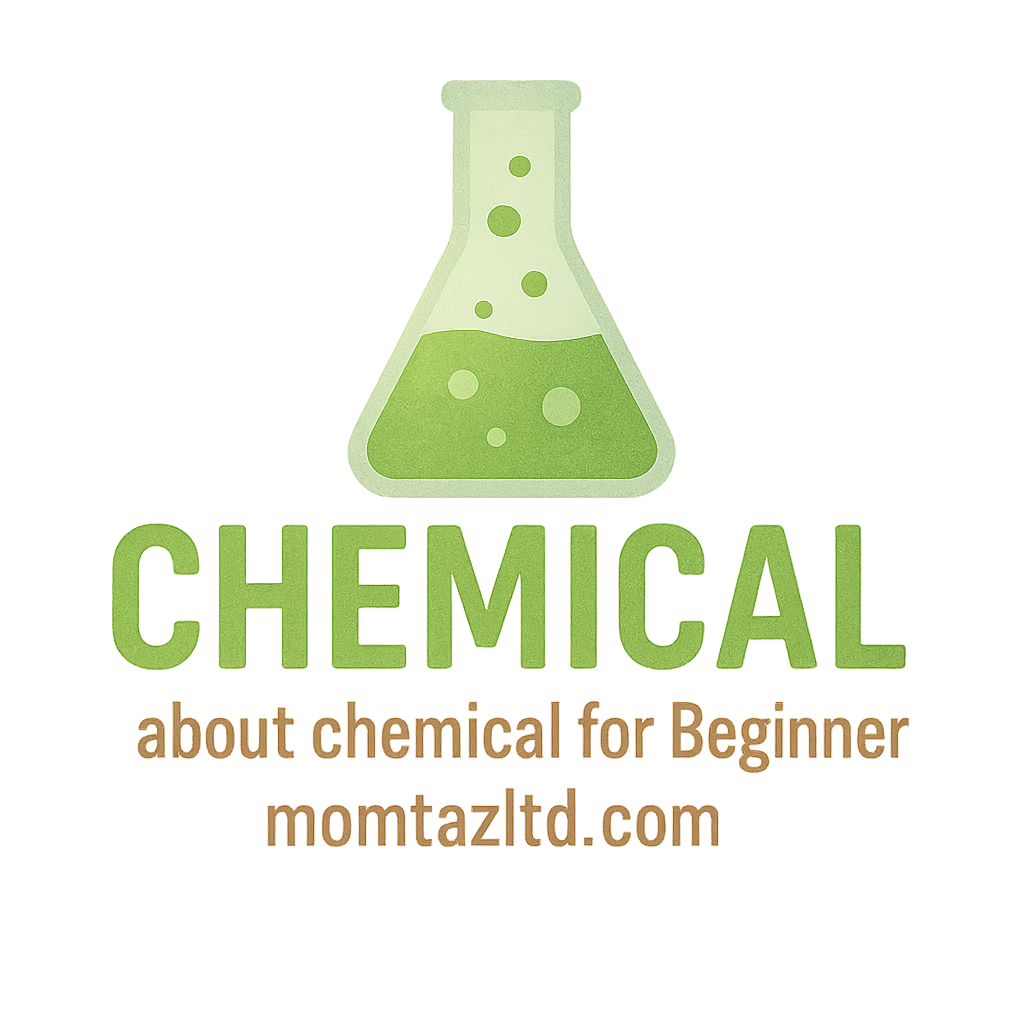Introduction
Mixing household chemicals can seem like a simple task when you’re cleaning or trying to tackle tough stains, but it can be extremely dangerous. Many household cleaning products contain chemicals that, when combined, can lead to serious health risks, property damage, and even environmental harm. In this article, we’ll look at the nine most dangerous effects of mixing household chemicals and provide you with tips on how to avoid them.
For more detailed insights on the safety and usage of chemicals in household products, check out Chemical Safety Guidelines.
Why You Should Be Cautious When Mixing Household Chemicals
You might think that mixing different cleaning agents will make them more effective, but in reality, this could be a recipe for disaster. The reactions between various chemicals can produce toxic fumes, dangerous explosions, or even poison you. It’s essential to understand the chemicals you’re using, their interactions, and the potential risks associated with mixing them. Learn more about chemical reactions to understand the science behind these risks.
Understanding Household Chemicals and Their Components
Household chemicals come in all shapes and sizes—cleaning products, disinfectants, air fresheners, and even some personal care items. These chemicals often contain substances like bleach, ammonia, acids, and alkalis. Some are designed to break down oils, dirt, and grime, while others are used to sanitize or deodorize.
Each chemical is formulated to work within a specific pH range and may contain reactive agents. When combined with other substances, even harmless chemicals can undergo reactions that lead to dangerous outcomes. For more on the basics of chemicals used in homes, visit Chemical Basics.
1. Toxic Fumes Can Be Produced
One of the most dangerous effects of mixing household chemicals is the production of toxic fumes. Some common chemical combinations—like mixing ammonia with bleach—release chlorine gas, a potent poison.
Ammonia and Bleach
When bleach (containing sodium hypochlorite) is mixed with ammonia, a chemical reaction takes place that produces chloramine vapors. These toxic fumes can cause severe respiratory issues, nausea, coughing, and even eye irritation. In some cases, exposure to chloramine gas can be fatal. Learn more about this specific chemical interaction on Chemical Safety.
How to Avoid Creating Toxic Fumes
Always use household chemicals in well-ventilated areas, and avoid mixing products unless the labels specifically indicate it’s safe to do so. If you accidentally mix chemicals, ventilate the area immediately and leave the space until the fumes have dissipated. For more tips on chemical storage, visit this link.
2. Chemical Burns and Skin Irritation
Many household chemicals can cause burns or irritate the skin if they come into contact with your body. For example, cleaning products with high acidity or alkalinity can result in burns.
Common Household Chemicals That Cause Burns
Some of the most dangerous offenders are products that contain lye (in drain cleaners), hydrochloric acid (found in some toilet bowl cleaners), and hydrogen peroxide. Mixing any of these chemicals can increase the likelihood of skin irritation or burns. To learn more about these harmful substances, read about Chemical Accidents.
Prevention and Protection from Chemical Burns
To prevent skin burns, wear gloves and protective clothing when handling chemicals. Always read labels and follow instructions carefully, especially when using harsh chemicals. In the event of skin contact, rinse the area with water immediately and seek medical attention if necessary.
3. Risk of Explosion or Fire
Mixing household chemicals can also lead to explosive reactions or fires. For instance, combining cleaning products with strong acids or alkalis can create heat or gas buildup, which could result in an explosion.
How Mixing Cleaning Products Can Lead to Dangerous Reactions
Certain combinations, like mixing bleach with rubbing alcohol, can create chloroform—an extremely toxic substance that, in high concentrations, can be fatal. Similarly, mixing certain cleaners with drain cleaners may cause an exothermic reaction that produces heat and gas, potentially leading to a fire.
Proper Storage and Handling of Household Chemicals
To reduce the risk of explosions, always store chemicals in their original containers and never mix products unless the label specifies it. Keep chemicals away from heat sources and be cautious when working in confined spaces. Learn more about chemical storage.
4. Damage to Household Surfaces
When you mix household chemicals, you may inadvertently damage the surfaces you’re cleaning. For example, harsh chemicals can cause discoloration, etching, or corrosion of materials like marble, wood, and tiles.
The Effects of Mixing Chemicals on Wood and Tiles
Mixing ammonia-based cleaners with acidic products can lead to surface degradation, particularly on sensitive surfaces like wood floors or delicate tiles. Additionally, some combinations can leave behind sticky residues that are difficult to remove.
How to Safely Clean Surfaces without Causing Damage
To avoid damaging your surfaces, use the appropriate cleaner for each type of material. Always test a small, inconspicuous area before applying a cleaner to larger surfaces. Check out tips on Household Chemicals for safe cleaning.

5. Poisoning Hazards
Chemical poisoning is a serious risk when mixing household chemicals. Some common combinations can produce poisonous substances that can be absorbed through the skin or inhaled.
Common Poisonous Combinations in Household Cleaning Products
One dangerous combination is mixing bleach with vinegar. This produces chlorine gas, which can lead to poisoning if inhaled in high concentrations. Similarly, combining hydrogen peroxide with vinegar can form peracetic acid, which is corrosive and toxic.
First Aid and What to Do in Case of Poisoning
If poisoning is suspected, remove the individual from the area immediately and call Poison Control or emergency services. Do not attempt to induce vomiting unless directed by a healthcare professional. You can find more first-aid tips for chemical exposure in Chemical Accidents.
6. Reduced Effectiveness of Cleaning Products
Mixing certain household cleaning products can make them less effective or entirely ineffective. For example, combining bleach with soap or detergent can neutralize the cleaning power of both substances.
Why Some Products Lose Effectiveness When Mixed
Chemicals like bleach work best when used alone. Adding other substances, especially those with differing pH levels, can hinder their ability to clean effectively. This is especially true for alkaline substances when mixed with acids, which can cancel out their power.
How to Use Cleaning Products Efficiently
To maximize the effectiveness of your cleaning products, always use them according to the manufacturer’s instructions. If a product isn’t working well, consider switching to a different cleaner rather than mixing it with another.
7. Unintended Chemical Reactions
Mixing two or more chemicals that are not designed to be used together can lead to unintended reactions that might be hazardous. These reactions may produce heat, gas, or even toxic compounds.
How Certain Household Chemicals React
For example, mixing bleach with vinegar creates chlorine gas, as previously mentioned, while combining hydrogen peroxide with ammonia forms highly reactive compounds. These reactions can be unpredictable and dangerous.
Example of Hazardous Reactions from Common Household Products
Mixing bleach with rubbing alcohol can produce chloroform, which is a toxic substance that can cause dizziness, nausea, and long-term health effects.
8. Health Problems from Long-Term Exposure
Repeated exposure to certain chemical mixtures can lead to chronic health issues such as respiratory problems, skin conditions, and even neurological effects.
Respiratory Issues and Allergic Reactions
Some chemical mixtures release fumes that can irritate the lungs, causing shortness of breath or long-term respiratory conditions. Those with asthma or allergies may be especially susceptible.
The Importance of Proper Ventilation
When using household chemicals, always ensure that your workspace is well-ventilated. This helps reduce the buildup of toxic fumes and provides a safer environment. For more on healthy environments, visit Laboratory Chemicals.
9. Environmental Impact
Finally, mixing household chemicals can have a detrimental impact on the environment. When these chemicals are disposed of improperly, they can end up in water systems or the soil, causing contamination.
Harmful Effects on the Environment
Chemicals like bleach and ammonia can harm aquatic life if they enter waterways, disrupting ecosystems and contaminating the water supply.
Safe Disposal of Household Chemicals
To prevent environmental damage, always dispose of chemicals according to local regulations. Many communities have special disposal sites for hazardous materials. For more on safe chemical handling, visit Chemical Careers.
Conclusion
Mixing household chemicals can lead to a variety of dangerous outcomes, from toxic fumes to long-term health problems. It’s important to follow safety guidelines and avoid mixing chemicals unless it’s explicitly safe to do so. By being cautious and informed, you can ensure the safety of your home, your family, and the environment. For further safety tips and chemical guidelines, visit Chemical Safety.
FAQs
1. Is it safe to mix vinegar and baking soda?
Mixing vinegar and baking soda produces carbon dioxide gas, which is harmless in small quantities. However, mixing too much can create a mess or cause pressure buildup. To learn more about this, check out Household Chemicals.
2. Can mixing cleaning products create an explosion?
Yes, mixing certain products, such as bleach and ammonia, can create toxic fumes or even an explosion in extreme cases. Learn more about safe chemical handling here.
3. What should I do if I accidentally mix chemicals?
Immediately ventilate the area and leave the space. If you suspect poisoning or other harmful effects, seek medical attention. For more safety information, visit Chemical Safety.
4. How do I store household chemicals safely?
Keep chemicals in their original containers, away from heat or open flames, and in a well-ventilated area. Check out more tips on chemical storage.
5. What are the signs of chemical poisoning?
Symptoms include dizziness, nausea, difficulty breathing, and irritation of the skin, eyes, or respiratory system. Learn more about chemical accidents here.
6. How can I prevent skin burns from chemicals?
Always wear gloves and protective clothing when handling harsh chemicals. Wash off any spills immediately with water. For more safety advice, visit Chemical Safety.
7. What chemicals should never be mixed together?
Never mix bleach with ammonia, vinegar, or rubbing alcohol, as these combinations can produce toxic fumes or dangerous chemical reactions. Learn more about this here.


